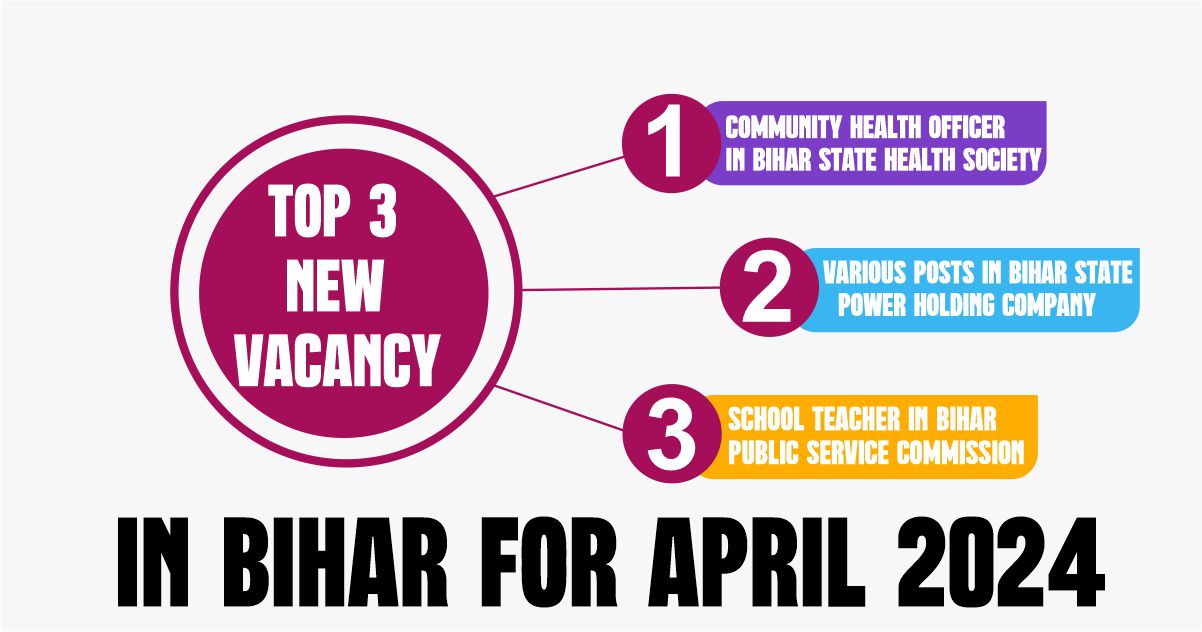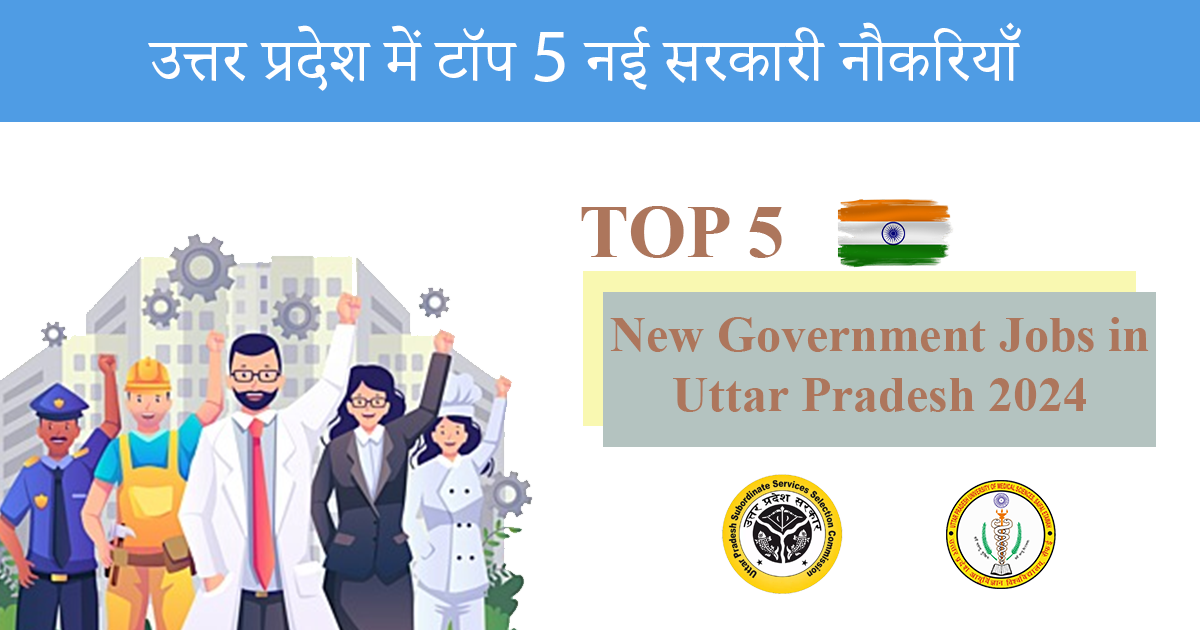In a fast-moving world, taking time to fully evaluate (and thus identify) employees with leadership potential is difficult. In a large organization, with a rich pool of possible candidates, it can be challenging to pinpoint the greatest talent that can be nurtured for future leadership roles.
Identifying good future leaders is a vital step for the successful future of any organization.
This way, an organization can take further steps to nurture these employees for a bright future, such as providing mentors and professional career coaching. After all, fostering talent within makes far more sense to any organization than a perpetual recruitment cycle for so many reasons, especially financial.
So, how do you spot those with leadership potential?
Aside from gaining the hard skills vital for leadership roles (qualification, knowledge and expertise), many of the required qualities for leadership are soft skills. These can be hard to measure.
Here are some behaviors that can help you spot the talent you need to nurture:
1.They naturally engage with others.
Successful workplace leaders are likable. With their positive energy, they easily gain rapport with almost anyone, no matter what their current role is. They already fit well into the workplace and are valued by all.
Note that they are not necessarily the most outgoing person in the office. A good future leader may not be the life and soul of the party. But they are trusted, and people turn to them when times are tough. As a leader, this person will use their deserved respect to influence the attitude and behavior of others for the better, as they already do.
2.They demonstrate conviction.
A successful leader has a strong set of core values and a sense of purpose. When these align with the organization’s philosophy, a passionate leader emerges and there is potential for great things to happen.
Talents who need fostering will already be working with conviction, regardless of the role they are currently in. Look for those that demonstrate confidence and purpose in their work.
3.They are life-long learners.
Those with leadership potential are always looking to invest in themselves. They constantly seek opportunities to learn and are committed to personal development, both in their career and outside of it. Taking a leadership role will invariably involve adding and developing hard skills, as well as nurturing soft skills. This means a desire to learn is vital.
When an organization also invests in a person committed to self-development, the results are particularly fruitful.
4.They openly demonstrate vulnerability, as well as strength.
This may seem surprising, since the word “vulnerable” typically has negative connotations. This is unfortunate because, in reality, being vulnerable is part of being human. We will all find ourselves feeling uncertain at some point and in certain situations.
Being open and acknowledging your own vulnerability are strengths because these establish transparency and respect. They show self-awareness. They cultivate open and honest communication with colleagues, meaning genuine connections in the workplace follow. Inspiring others around to have equally honest and open conversations is certainly a leadership quality.
No leader is perfect, exactly as no human is perfect. Somebody who recognizes their own vulnerability when it happens, and has been able to come to terms with the fact that it’s there, is a more inspirational leader than somebody who strives to maintain a facade of perfection at all times. An honest and open person will drive a workplace that is far more communicative and trusting.
5.They hold themselves accountable.
We know that leaders need to hold themselves accountable, in good times and in bad. A potential leader will not back away when things go wrong, but will put themselves forward to help overcome setbacks, no matter how difficult the situation. They will put emotions like regret and anger to one side and focus on the task of recovery.
Identifying the greatest potential leaders does not come with an easy formula. But by taking the time to observe the workplace for some easy-to-spot behaviors, it can be easier to evaluate the current workforce for talent.
Knowing your workforce is one of the greatest investments of your time that you can make.Identifying leadership talent early on allows you to completely maximize potential, through nurturing and suitable training, long before you risk losing valued employees to competitors.
What to Do Next
Leadership coaching will help you to identify strengths and weaknesses, plus gaps in both hard and soft skills amongst the pool of talent in your organization. Following this, a strategic development plan can be put in place. This will focus on honing skills, both personal and professional growth, and closing gaps in key competencies for your organization. Concrete professional goals can be set within the context of effective leadership.
Identifying leadership qualities as early as possible through observation is a fruitful exercise for any organization.
AUTHOR BIO
Salma El-Shurafa is an experienced Executive Coach and founder of The Pathway Project. She is a Professional Certified Coach by the International Coaching Federation (ICF), a Certified Professional Co-Active Coach from The Coaches Training Institute (CTI) and a graduate of CTI’s Co-Active Leadership program.



